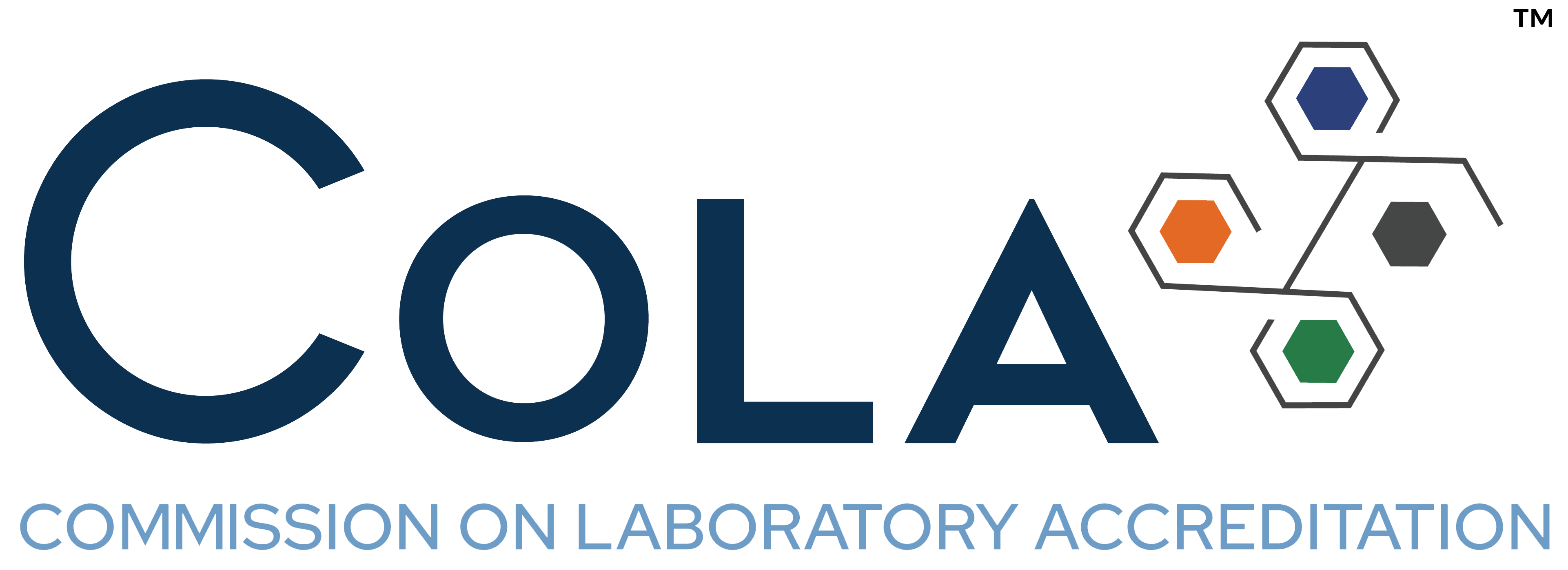Chagas disease, caused by the Trypanosoma cruzi parasite and transmitted by triatomine insects, or “kissing bugs,” affects over 6 million people worldwide, leading to around 10,000 deaths annually. Despite its global impact, awareness of Chagas disease remains low, especially in the United States.
Two Phases of Chagas Disease
Chagas disease progresses through two distinct phases: acute and chronic. The acute phase often goes unnoticed, presenting with mild flu-like symptoms such as fever, fatigue and body aches, which are easily mistaken for other common illnesses. The real danger, however, lies in the chronic phase. If left untreated, Chagas disease can persist for a lifetime, causing severe damage to major organs like the heart and digestive system. This can lead to serious complications, including heart failure, arrhythmias and even sudden death.
Laboratory Diagnosis of Chagas Disease
Diagnosing Chagas disease is complex, particularly in non-endemic regions, and typically requires specialized laboratories. Diagnosis often involves a combination of microscopy, PCR and serology testing. During the acute phase, the parasite can be identified in blood samples using microscopy, but as the disease progresses to the chronic phase, it becomes harder to detect due to low and intermittent parasitemia. In chronic cases, serological tests like ELISA are preferred for detecting antibodies, while PCR methods are used to detect low levels of the parasite in the bloodstream.
Transmission of Chagas Disease
Trypanosoma cruzi (T. cruzi) is primarily transmitted through the bite of an infected triatomine insect. However, the parasite enters the body through the insect’s feces rather than the bite itself. After feeding, the insect often defecates near the bite wound, and if the area is scratched, the parasite can penetrate the skin or mucous membranes.
All necessary components for T. cruzi transmission are present in the United States. Eleven triatomine species have been documented in the U.S., found mainly in the southern states. Many wildlife species, including raccoons, opossums and armadillos, can be infected with T. cruzi; despite this, cases of Chagas disease transmitted by triatomine species in the U.S. are rare and not well-documented. The CDC suggests that the risk of acquiring T. cruzi from these insects in the U.S. is low due to behavioral differences in U.S. triatomine species. For example, the species found in the U.S. delay defecation after feeding, which reduces transmission risk. Additionally, well-constructed homes with barriers like window screens further limit human-insect contact.
Discovery of Triatomine Species in the Mid-Atlantic: A Growing Concern
While Triatoma sanguisuga is well-documented in southern states, its presence in the Mid-Atlantic region, including New Jersey, Pennsylvania, Delaware, Maryland, Virginia and West Virginia, is less understood. Delaware, for example, was only recently (2019) added to the species’ geographic range. In July 2018, a family in Kent County, Delaware, reported that their child was bitten by a “kissing bug” while watching TV at home. The insect, identified as T. sanguisuga and confirmed by the CDC, tested negative for T. cruzi, and the child experienced no ill effects. This was the first confirmed identification of T. sanguisuga in Delaware.
Last year, the first case of T. sanguisuga infected with T. cruzi was reported in New Castle County, Delaware. Two of the insects were discovered in a bed inside a home after the homeowner noticed unusual bites and sought medical consultation. One insect tested positive for the parasite, although the homeowner’s subsequent test was negative. The presence of a T. cruzi-infected T. sanguisuga in the bed is concerning, but not surprising, given the infection rates of the Triatomine species elsewhere, which is approximately 30% in the southern states. Delaware’s wildlife, including opossums and raccoons, also play a role in sustaining the T. cruzi transmission cycle.
The Need for Public Health Awareness
These cases in Delaware highlight the importance of public health awareness regarding Chagas disease and its vectors. While not yet a major public health concern in the U.S., the presence of T. cruzi-infected insects in human habitats emphasizes the need for continued research and surveillance. Public health education is crucial to help individuals recognize risks, take preventative measures and ensure early identification and treatment, minimizing the long-term impact of Chagas disease.
References
Suárez et al. Diagnosis and Clinical Management of Chagas Disease: An Increasing Challenge in Non-Endemic Areas. Res Rep Trop Med. 2022;13:25-40.
Peterson et al. First Report of Chagas Disease Vector Species Triatoma sanguisuga (Hemiptera: Reduviidae) Infected with Trypanosoma cruzi in Delaware. Am J Trop Med Hyg. 2024;110:925-929.
Eggers et al. Notes from the Field: Identification of a Triatoma sanguisuga “Kissing Bug” – Delaware, 2018. MMWR Morb Mortal Wkly Rep. 2019 Apr 19;68(15):359.
Eutsey et al. ENY2104 Chagas Disease: A Review of Vector-Borne Transmission by Triatomine Bugs (Hemiptera, Reduviidae, Triatominae). ENY2104. 2023. https://doi.org/10.32473/edis-IN1412-2023

